|
By Luke D. Fannin PhD Candidate, Dartmouth College, Hanover, NH Grass-eating, or graminivory, as it is called by scientists, is a strange behavior. At the outset, grasses, at least compared to the many plant foods that humans consume regularly, look unappetizing; they are tough to chew, they are full of fibers that make them difficult to digest, and they are often covered in dust and sand from growing close to the soil surface. But for many mammals, ranging in size from tiny voles (20-24 grams) all the way up to gigantic white rhinoceroses (2400 kilograms), grasses are dietary staples, and these so-called “grazers” (grass-eating mammals) are pivotal in Earth ecosystems. Nachusa Grasslands is home to one of North America’s most important grazing mammals, the bison (Bison bison), which eats grasses in most months of the year. But if grasses are such difficult foods to eat, how do bison–let alone any other mammals–eat them? As it turns out, bison have a few tricks up their proverbial sleeves as it pertains to eating grasses. For starters, bison are ruminant mammals, which means they have highly specialized stomachs that allow them the ability to regurgitate and then re-chew partially digested plant foods. Think of how a domestic cow eats; the cow first swallows a bite of food but then proceeds to regurgitate that bite of food and chew it again, and again, and again… until finally those food particles are small enough to pass through the rest of the digestive system. With each subsequent swallow, foods are bathed in stomach juices teeming with bacteria, which also help to weaken the structural integrity of fibrous foods and liberate nutrients. This digestive trick is incredibly helpful for bison, as it allows them to digest grasses in a way that humans cannot. Secondly, bison are endowed with highly specialized teeth, termed hypsodonty. Unlike the surfaces of our own teeth, which fully poke out of our gums when they erupt, bison’s teeth emerge in a piecemeal fashion over the course of their lives, meaning that they usually have more teeth hiding within their skulls at any given point in time. A good analogy for how bison teeth work is the lead found in the tip of a mechanical pencil: while there is always lead at the pencil tip exposed for writing, there is far more lead stored within the pencil that emerges to eventually replace the used-up lead after writing is finished. Hypsodonty is thus a useful trait for Nachusa bison because most grass plants are also abrasive (see below), meaning they remove tooth surface, or enamel, during chewing. Hypsodonty allows bison to continuously provide new replacement tooth surface over the course of their lives, allowing them to keep eating grass plants without having to worry about completely losing their teeth in the process (although they are not actively growing teeth, and this excess amount of tooth eventually wears out in old age).  Bison teeth are hypsodont, meaning that the dental crowns are tall and most of this length is stored within the bones of the face and jaw. This trait provides a hidden reservoir of tooth material that can be pushed out when the surfaces of the teeth wear, allowing for tooth function to be preserved in the face of extremely abrasive conditions. In addition, when bison teeth wear, the enamel forms elaborate cutting surfaces with a harder underlying tooth material (referred to as dentin, which is the brown material contrasted against the pearly-white enamel on the tooth surfaces). These elaborate cutting surfaces help bison mince plant foods. But with all this talk of bison traits to eating grass, it is easy to view the grasses themselves as passive players in this story of herbivory at Nachusa. But can grasses fight back? My own work at Nachusa Grasslands seeks to answer this question with one plant trait that may act as a defense against herbivory . . . silica levels. While we often think of silica as being a component of our modern technology (e.g., in computer chips), silica is also one of the most abundant minerals in Earth’s soils. Grasses, in turn, uptake silica into their own tissues during growth, where it usually gets deposited into silica bodies called phytoliths. The function of silica accumulation in grasses is debated, but one thought is that it provides a defense against defoliation (i.e., the removal of leaves). As suggested previously, grass plants are abrasive, and it is the silica in grass leaves that hypothetically works to remove enamel. As such, high levels of silica in grass leaves may deter mammalian consumers from eating them — for risk of damaging their teeth — helping to prevent defoliation. Silica also works to stiffen plant leaves, making them more difficult to chew and digest, while also further inhibiting microbial digestion in the digestive tract. Thus, silica be an inducible defense for grasses, wherein a re-growing grass plant responds to previous herbivory by increasing silica uptake to prevent severe defoliation in the future. But silica has other important functions in grass plants that are unrelated to herbivory. For example, increased silica uptake in grasses is also important for relieving environment stresses related to both high temperatures and low water availability. Therefore, it remains challenging to determine whether the high silica levels found in some prairie grass plants are primarily a response to intense herbivory pressure (i.e., from roaming bison) or are instead a plastic response related to changes in local environmental conditions that may increase growing stresses. 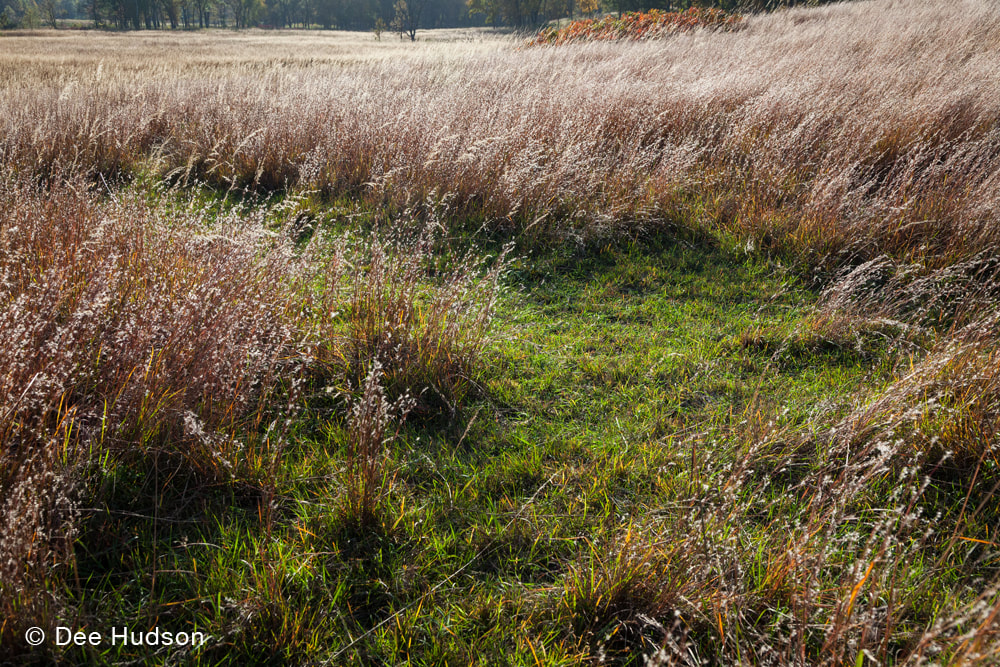 Bison at Nachusa can exhibit immense herbivory pressure on the local grassland community and repeat herbivory at certain locations can create what are termed “grazing lawns”, where grass plants are maintained in a short-statured state as compared to surrounding vegetation. It remains unknown whether the grass species within these “grazing lawns” at Nachusa possess higher silica levels in their tissues than similar species within exclusion plots, but previous work on the African Serengeti has suggested that grasses in such features are more silica-rich than similar species under less extreme herbivore pressure. My current work at Nachusa Grasslands seeks to shed light on this mystery. By taking advantage of bison exclusion plots set up across the lands of the reserve, I can compare the silica levels of different grass species (and other related traits, such as photosynthetic pathways, leaf toughness, and nutrient levels) in locations where they have experienced almost a decade of bison herbivory (2014 – 2021) to those same species in exclusion areas where bison herbivory has been much less intense or non-existent. My hope for my continuing work at Nachusa is to disentangle the various factors that may influence silica levels in various grass tissues of prairie plants and, by extension, in the diets of Nachusa bison. My overarching goal is to figure out if re-introduced bison are helping to change the functional traits of grasses growing within the Nachusa reserve, and if so, what this might mean for plant community structure and resilience moving forward. 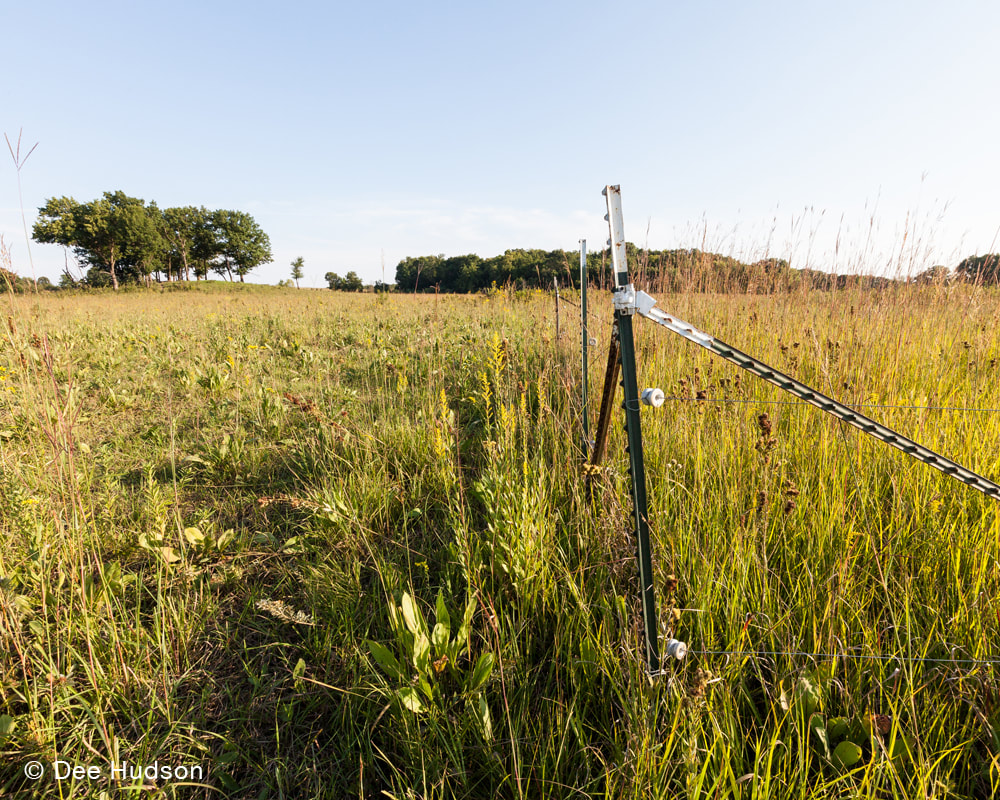 Exclosure or herbivore exclusion plots are key to testing hypotheses regarding inducible plant defenses and bison herbivory at Nachusa Grasslands. The bison have access to the plants on the left side of the photo, but in the right side of the photo begins the exclosure, a space that is completely isolated by fencing and the bison cannot enter. Notice the taller vegetation in the exclosure. Numerous exclosures are found throughout the bison unit. 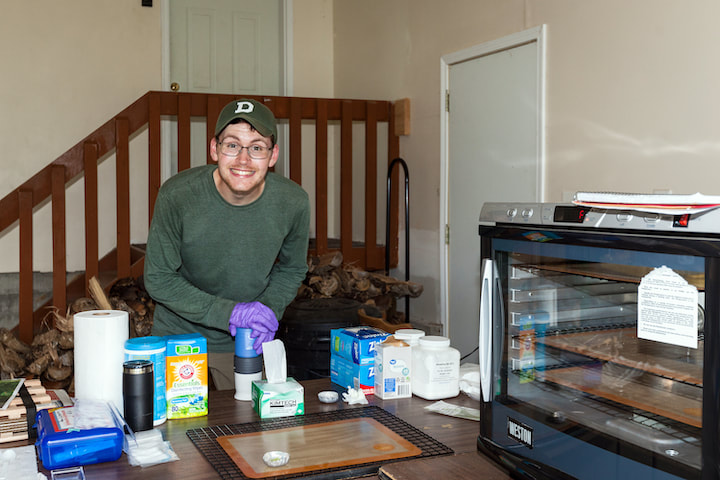 The author (L.D. Fannin) in his mobile lab processing collected grass plants in the field at Nachusa in June 2021. To prevent molding, grass plants need to be dehydrated before transport, and the food dehydrator at the far right allows for the dehydration of plant remains to occur quickly before plants are then ground and stored with desiccant. The author is currently analyzing these collected plant parts for their silica content at Dartmouth.
Luke Fannin was a 2021 Scientific Research Grant recipient from the Friends of Nachusa Grasslands. Interested in supporting Nachusa's science? Just designate your Donation to "Scientific Research Grants."
0 Comments
By Elizabeth Bach Ecosystem Restoration Scientist With 2020 drawing to a close, Nachusa science has several accomplishments to recognize:
Science PublicationsScientific publications are the product of years of hard work, collecting and analyzing data as well as writing the paper. I’d like to use this blog post to highlight some of this recently published research. It has been an exciting year for Dr. Holly Jones, Dr. Nick Barber, and their lab groups. Holly and Nick began research at Nachusa Grasslands in 2013 as new faculty at Northern Illinois University (Nick is now at San Diego State University). Their work investigates restoration outcomes related to planting age, prescribed fire, and grazing. In 2020, the team has published five papers:
The Wildlife Epidemiology Lab, led by Dr. Matt Allender, at the University of Illinois Urbana-Champaign has included Nachusa Grasslands as one of their sites in on-going health evaluations of wild turtle populations. Research scientist Dr. Laura Adamovicz has published three papers from her PhD dissertation:
Devin Edmonds, who is a graduate student with Dr. Michael Dreslik at UI-UC and the Illinois Natural History Survey, examined Reproductive output of ornate box turtles (Terrapene ornate) in Illinois, USA. This is the first assessment of ornate box turtle reproduction in Illinois. Meghan Garfinkel earned her PhD from University of Illinois-Chicago this spring. Her research quantified crop pest suppression by songbirds. She found Birds suppress pests in corn but release them in soybean crops within a mixed prairie/agriculture system. Additional data is needed to see if these results can be applied more broadly on the landscape and across years. These initial results indicate birds could provide sizable services to agricultural land around prairie habitat. Physlis Pischl, a PhD student at Northern Illinois University, performed an elegant analysis of Plastome phylogenomics and phylogenetic diversity of endangered and threatened grassland species (Poaceae) in a North American tallgrass prairie. The work showed endangered and threatened grass species were more closely related than expected and likely evolved together in specific grassland habitats. Destruction of those habitats have resulted in many closely related species all being endangered and threatened. Read more about this study. John Vanek shared his work with Dr. Rich King surveying snake communities at Nachusa in this recent blog. John also published Observations of American Badgers, Taxidea taxus (Schreber, 1777) (Mammalia, Carnivora), in a restored tallgrass prairie in Illinois, USA, with a new county record of successful reproduction. While it is no surprise to find badgers at Nachusa, this is a new confirmed report of breeding badgers. Hana Thixton found Further evidence of Ceratobasidium serving as the ubiquitous fungal associate of Platanthera leucophaea (Orchidaceae) in the North American tallgrass prairie (open access) in her MSc research with Dr. Betsy Esselman at Southern Illinois University Edwardsville. Ceratobasidium fungi were by far the dominant fungal partner for EPFO, and genetic diversity of those strains was limited, indicating the fungal partners were consistent across sites. Drew Scott found Plant diversity decreases potential nitrous oxide emissions from restored agricultural soil in this research as part of his PhD dissertation at Southern Illinois University Carbondale. In this study, he found nitrous oxide emissions, a potent greenhouse gas that contributes to climate change, from soils at Nachusa with high plant diversity were about seven times lower than from areas with low plant diversity. View the complete list of Nachusa publications. By Dee Hudson and Charles Larry Spring Summer Autumn Winter
By Chris Helzer Because they can’t run away, plants may seem helpless against the many large and small herbivores that like to eat them. Nothing could be further from the truth. Many plants have physical defenses such as thorns or stiff hairs to deter animals from eating them. Grasses contain varying levels of silica, which can increase the abrasiveness of their leaves and help make them more difficult to eat and digest. In addition, the chemical makeup of many plants helps make them unpalatable or toxic to potential herbivores. While herbivory is certainly a major threat, plants also have a variety of defenses against pathogens (diseases). If you’re interested in more background on this topic, here is a really nice overview of plant defenses against both diseases and herbivores. Within the last few years, there have been a couple of published studies that highlight some fantastic strategies plants use to defend themselves. In the first of those, German scientists studied a wild tobacco plant and found that when it is attacked by a caterpillar the plant releases a chemical that, in turn, attracts a predatory bug to eat the caterpillar. The production of the bug-attractant is triggered by the caterpillar’s saliva. Essentially, then, the caterpillar sets off an alarm that calls in predators to eat it. How cool is that? A second study, done at the University of Missouri-Columbia, found that a species of mustard plant could detect the vibration signature of a caterpillar chewing on one of its leaves. When the plant identified that signal, it increased production of chemicals that make its leaves taste bad to herbivores. Researchers were able to replicate and reproduce the vibrations and trigger the response in the lab. They also showed that other kinds of vibrations did not cause the plants to defend themselves, so the chemical production appeared to be a direct response to herbivory. These and other research projects help show that plants are not at all defenseless. Not only do they have strategies to make themselves more difficult to eat (toxins, spines, etc.), they can also respond when they are attacked. In prairies, there are numerous examples of plants defending themselves in interesting ways, including sunflowers that produce sweet stuff to attract predatory ants and grasses that increase their silica content under intensive grazing pressure. Of course, herbivores have evolved their own tricks to counter all those plant defenses. Several insect species, for example, have developed ways to deal with the toxins produced by milkweed plants and happily munch away on leaves that would kill other insects. Now its the milkweed’s turn to (through natural selection and over many years) come up with a response to that response. The world is pretty fascinating, isn’t it? So, the next time you’re walking through peaceful-looking prairie on a pleasant morning, remember that those little plants you’re crushing beneath your feet may not be as helpless as they appear. Sure, those plants are mostly fighting back against animals trying to eat them, but you may still find yourself an accidental victim of their defense strategies. Experienced hikers are well acquainted with the abrasive edges of grass leaves and the sharp spines on species such as roses and cacti. At one time or another, most of us have blundered into a patch of nettles or poison ivy. No, plants are certainly not helpless. Let’s just be thankful they haven’t (yet) figured out how to chase us down. A huge thank you to Chris Helzer for authoring this week's blog. Chris is The Nature Conservancy’s Director of Science in Nebraska. To enjoy more photos and discussions about prairie ecology, restoration, and management, follow Chris's blog "The Prairie Ecologist."
In the fall I look forward to the incredible display from the native prairie grasses. Up to this point, the grasses have remained rather unobtrusive, but in the fall they step out of the background to claim our attention. Although I enjoy them all, the little bluestem grass is definitely my favorite. Little bluestem can be found throughout the prairie, but right now this grass is very noticeable if you to look the hills. Many of Nachusa’s knobs and hills are blanketed in an orange–red, and that color is from the . . . little bluestem grass!! In addition, throughout the winter, the grass will retain this energetic color and stand out beautifully in the snow. As the autumn winds blow, the little bluestem grass undulates like waves in the ocean, as seen in the photo above in the upper left. It is mesmerizing to watch it ripple across a vast expanse. The view is from the top of Fameflower Knob in early fall (notice the leaves still on the trees). As a photographer, I love to use little bluestem as a backdrop for the goldenrods and asters that bloom in the fall. Then, as the season progresses, the grass creates a wonderful texture and contrasting color for the changing leaves of many other forbs. It is surprising to view the seeds up close through a macro lens. Look at all that white feathery fluff decorating the seedstalk! So intricate with so many fine hairs. Come visit Nachusa and enjoy a late fall hike through the grasses. I recommend the Clear Creek Knolls hike, with a climb to the top of Fameflower Knob. The hike trailhead is accessible from the small parking lot on Lowden Road, just south of Flagg Road or 1.4 miles north of the visitor kiosk. Once you arrive at the base of the hill, there is no path, so make your own! Just avoid walking on top of the sandstone, for it crumbles easily. Give the short climb a try and if you do, leave us a comment on this blog about your adventure!
Today’s author is Dee Hudson, a photographer and volunteer for Nachusa Grasslands. To see more prairie images, visit her website at www.deehudsonphotography.com. |
Blog CoordinatorDee Hudson
I am a nature photographer, a freelance graphic designer, and steward at Nachusa's Thelma Carpenter Prairie. I have taken photos for Nachusa since 2012. EditorJames Higby
I have been a high school French teacher, registered piano technician, and librarian. In retirement I am a volunteer historian at Lee County Historical and Genealogical Society. Categories
All
Archives
January 2024
|
CONNECT WITH US |
|
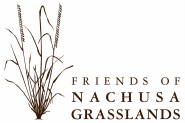
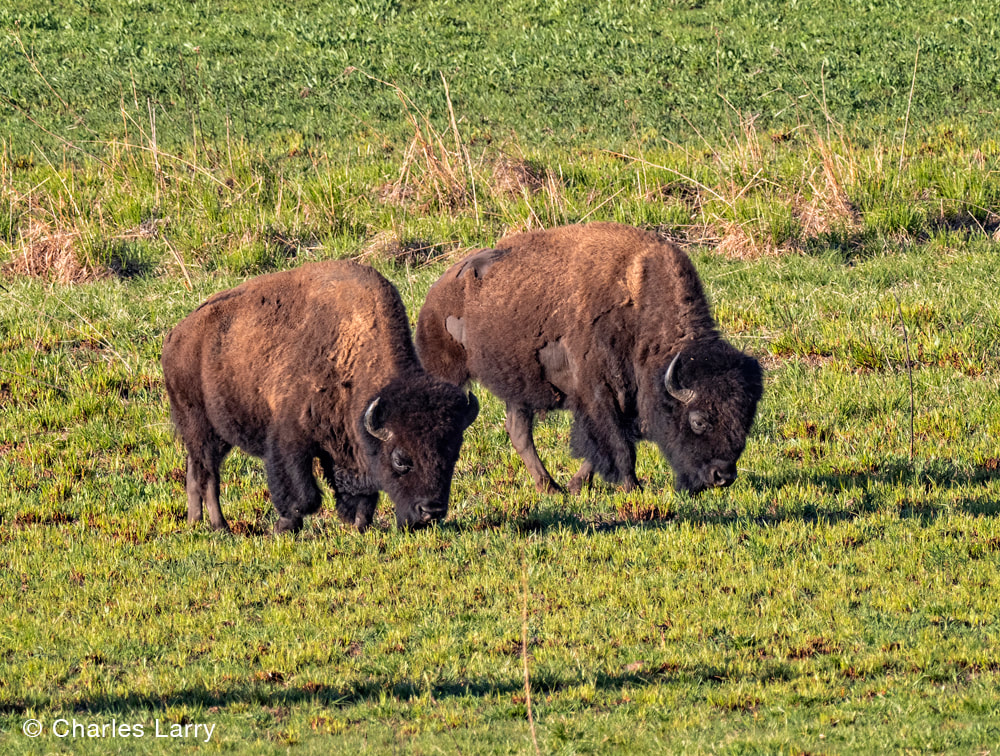
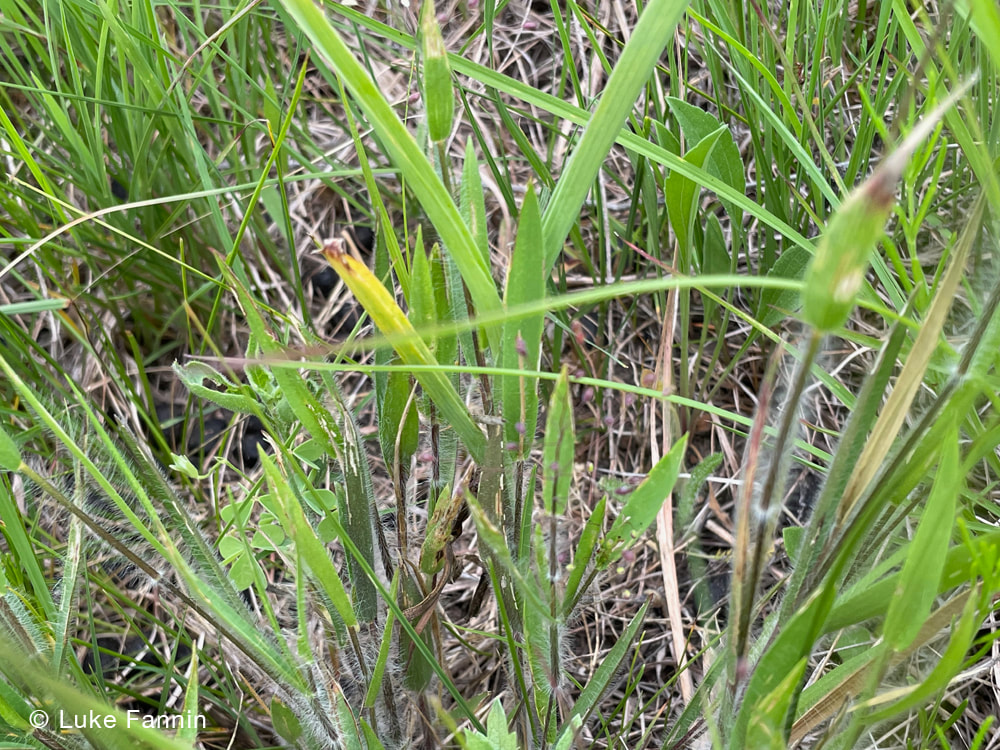

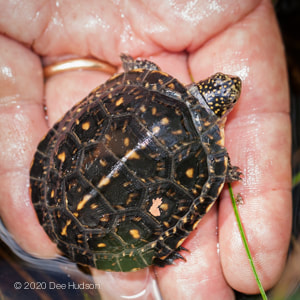
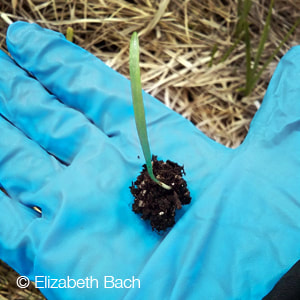

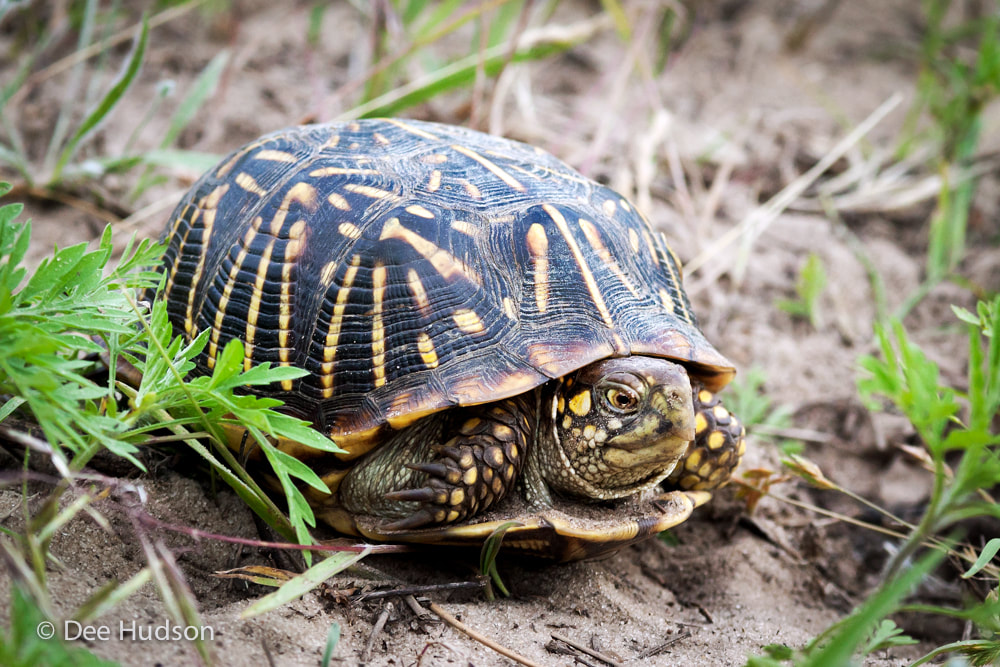
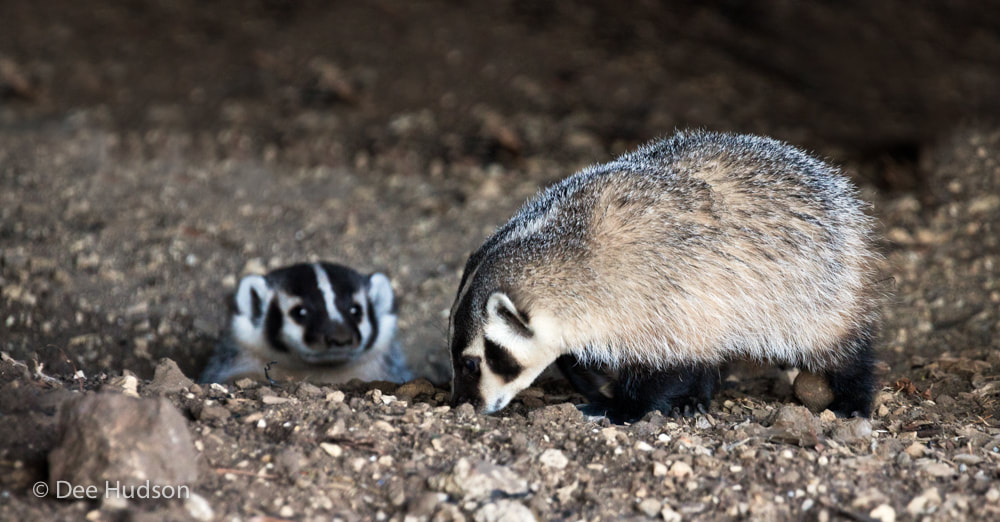

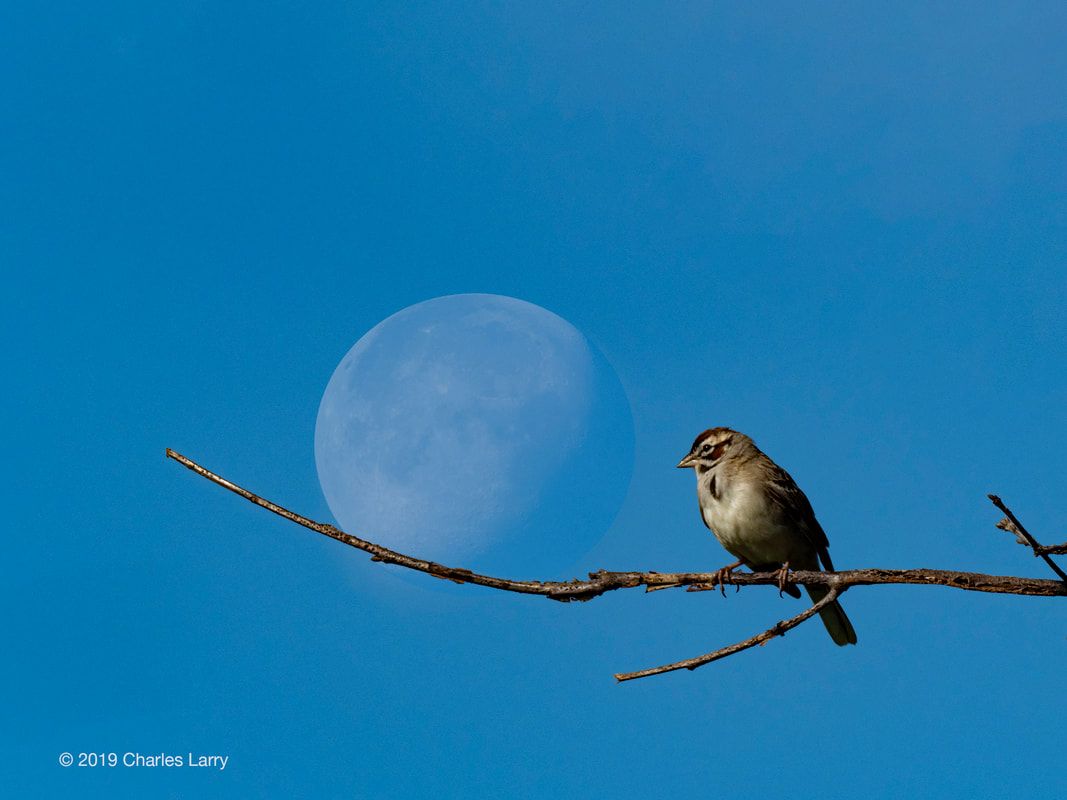

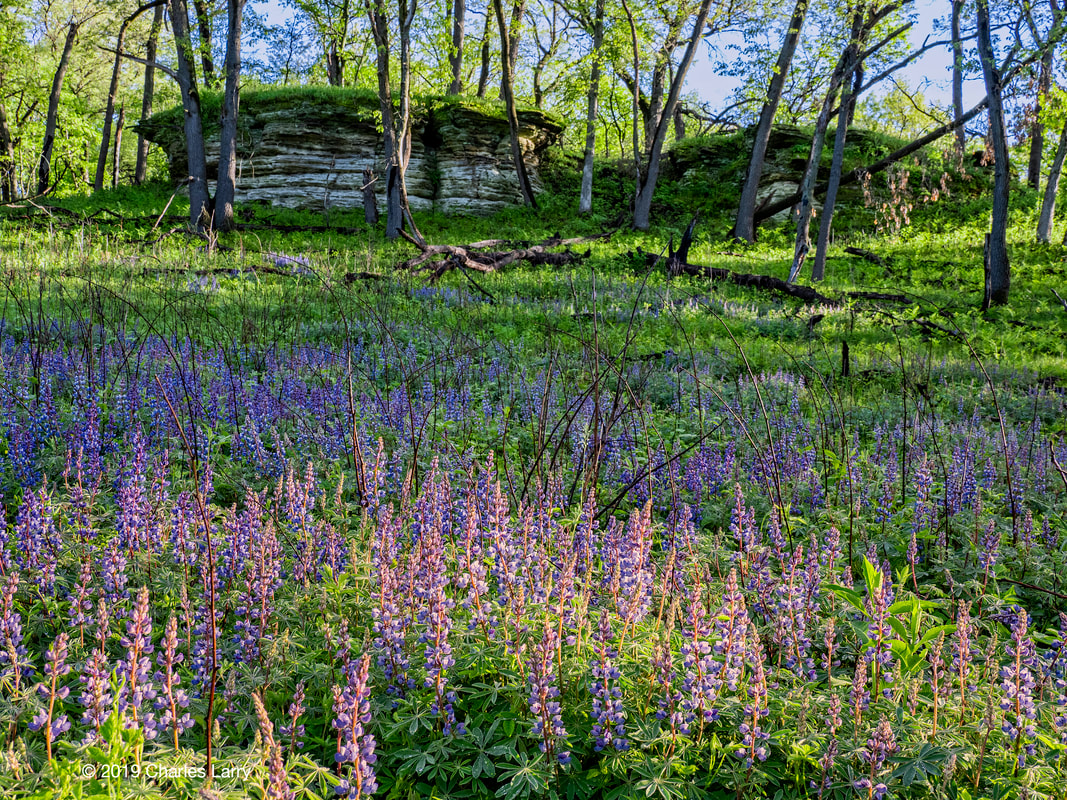
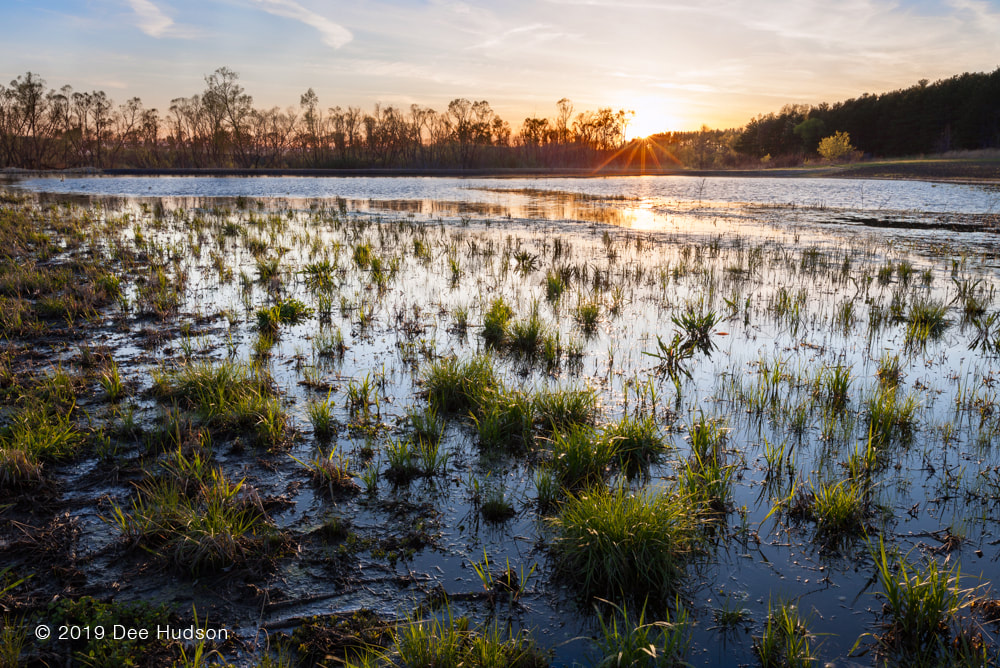
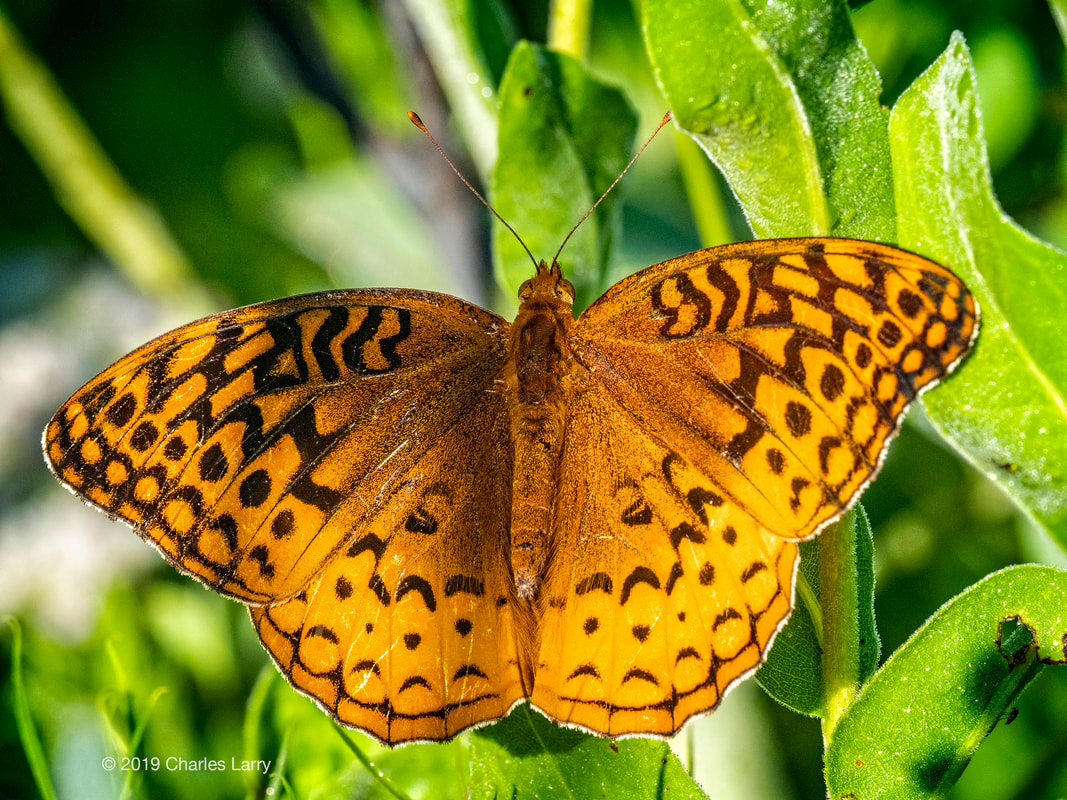
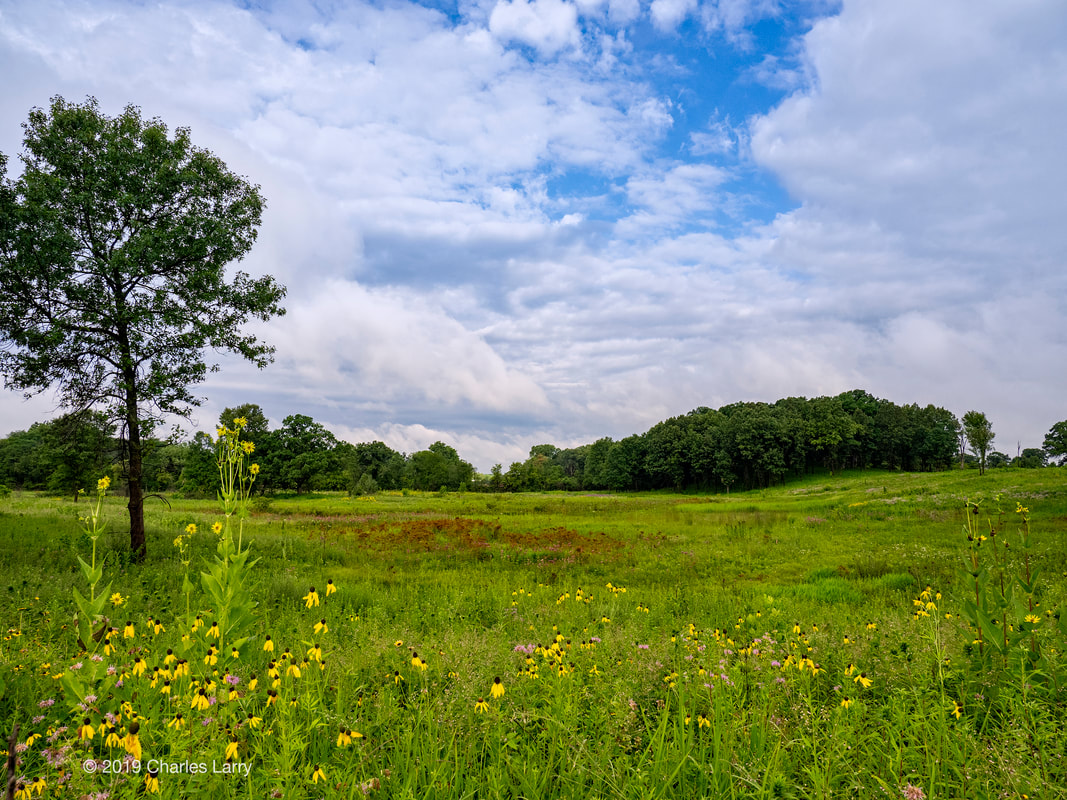
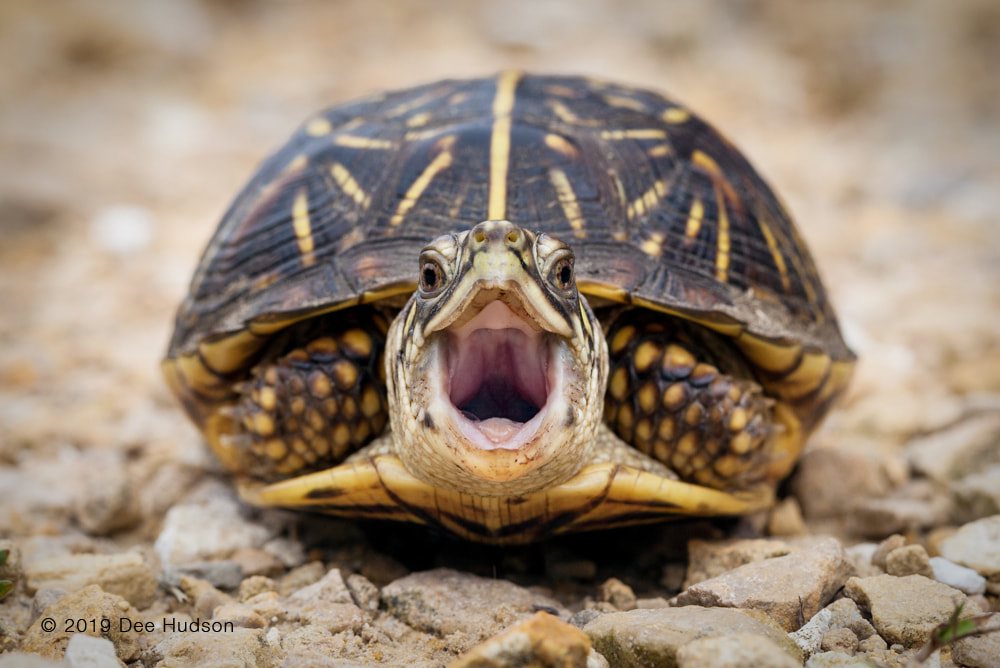
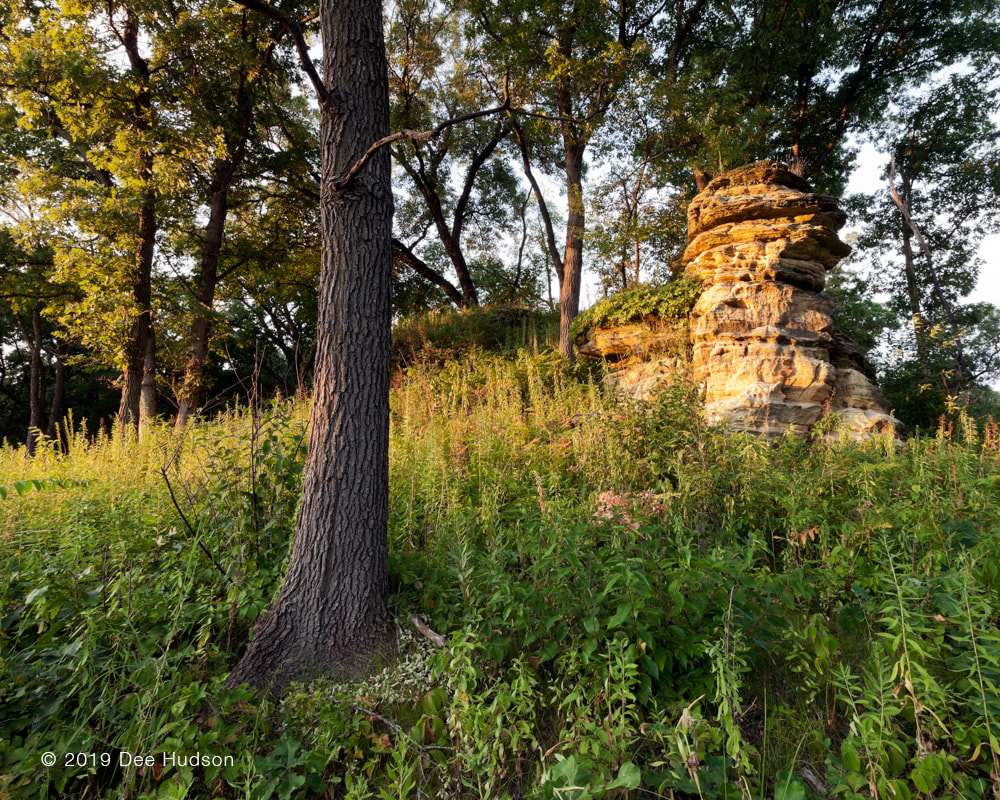
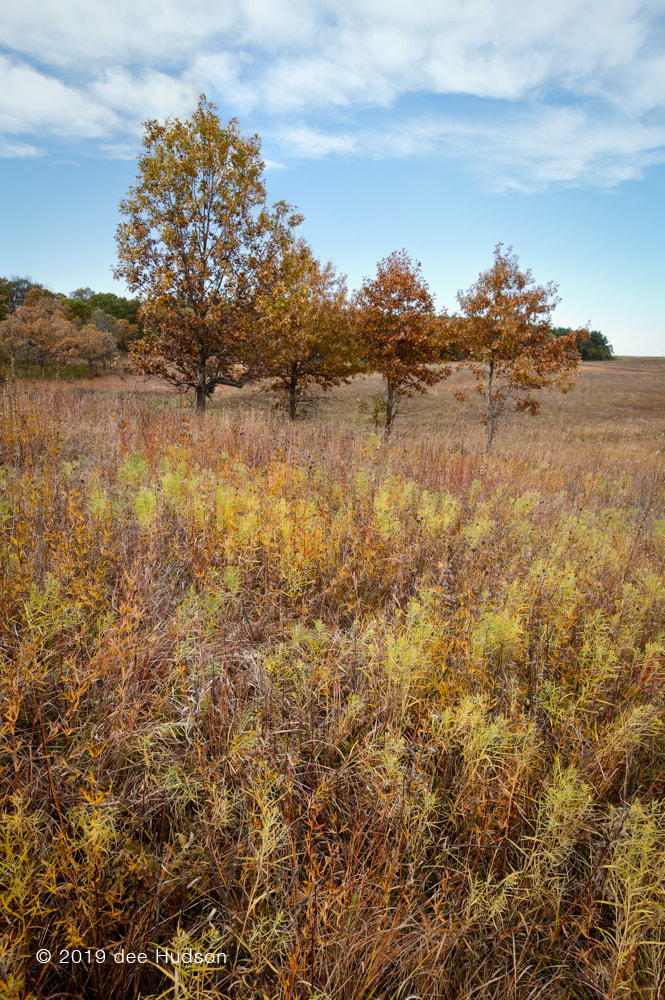
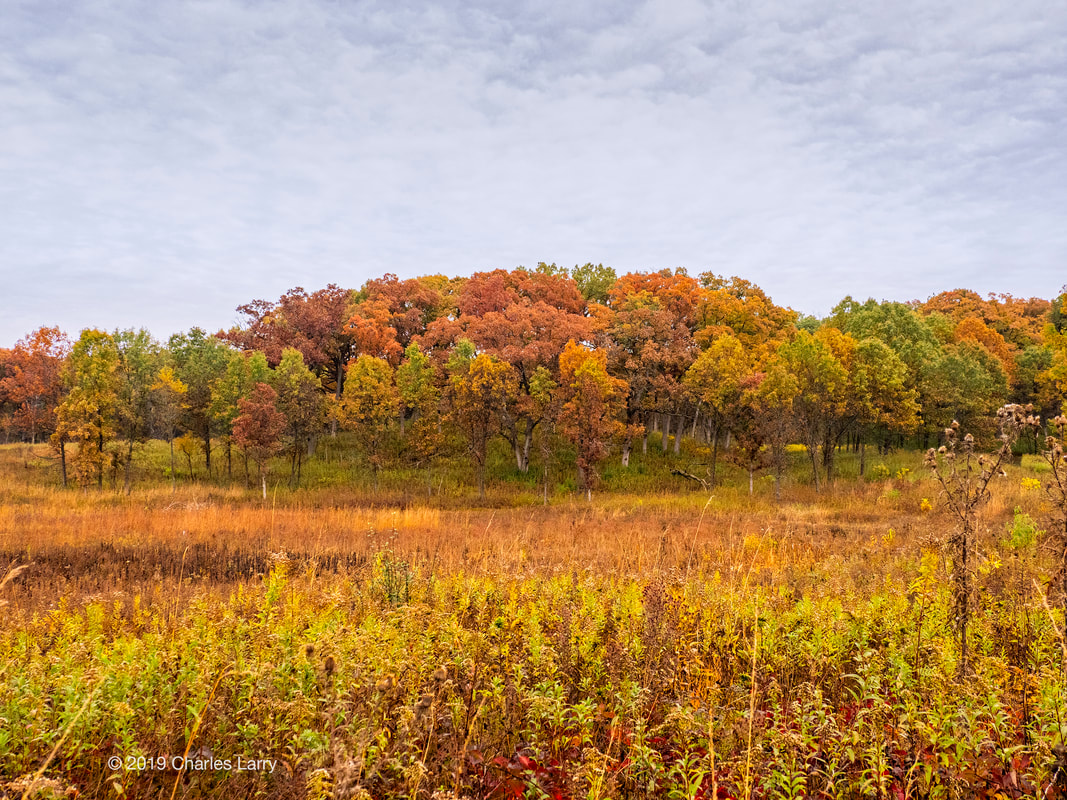
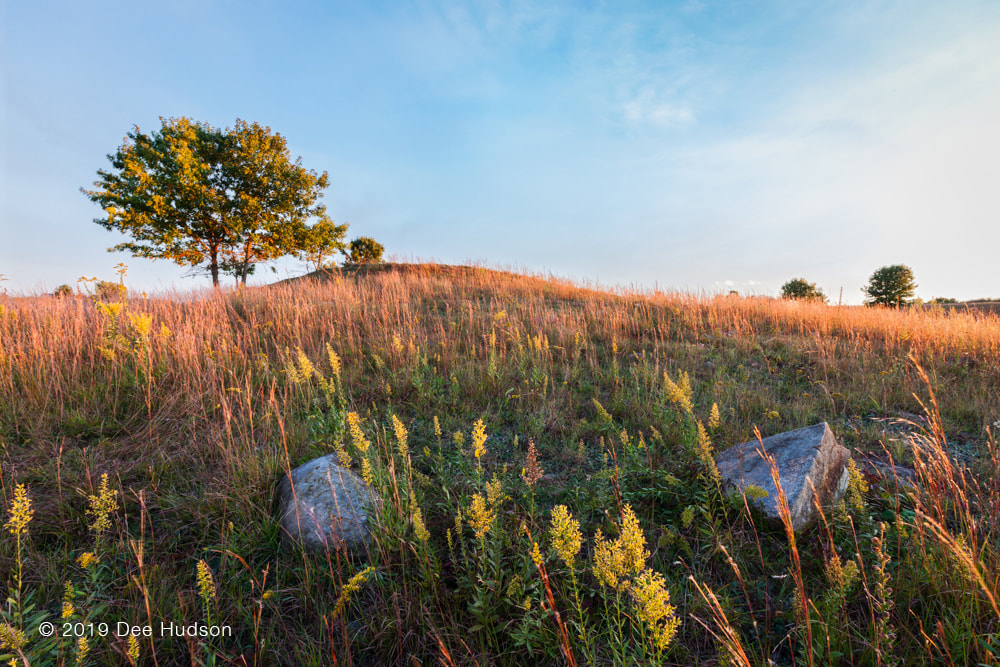
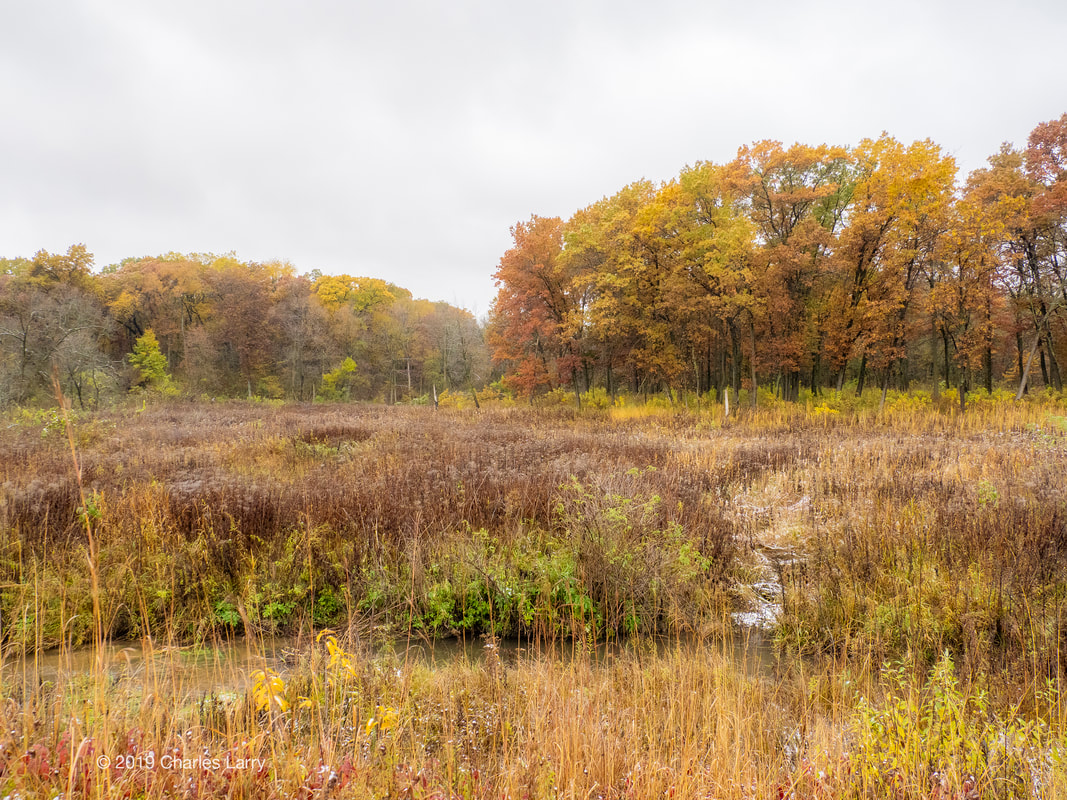
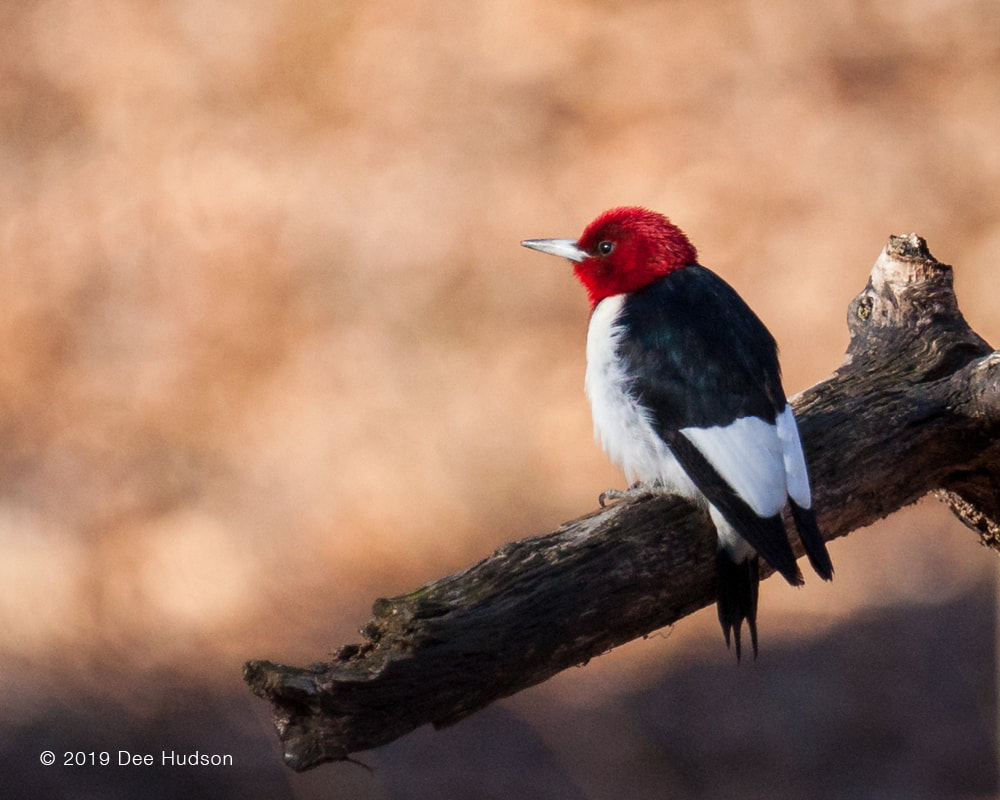
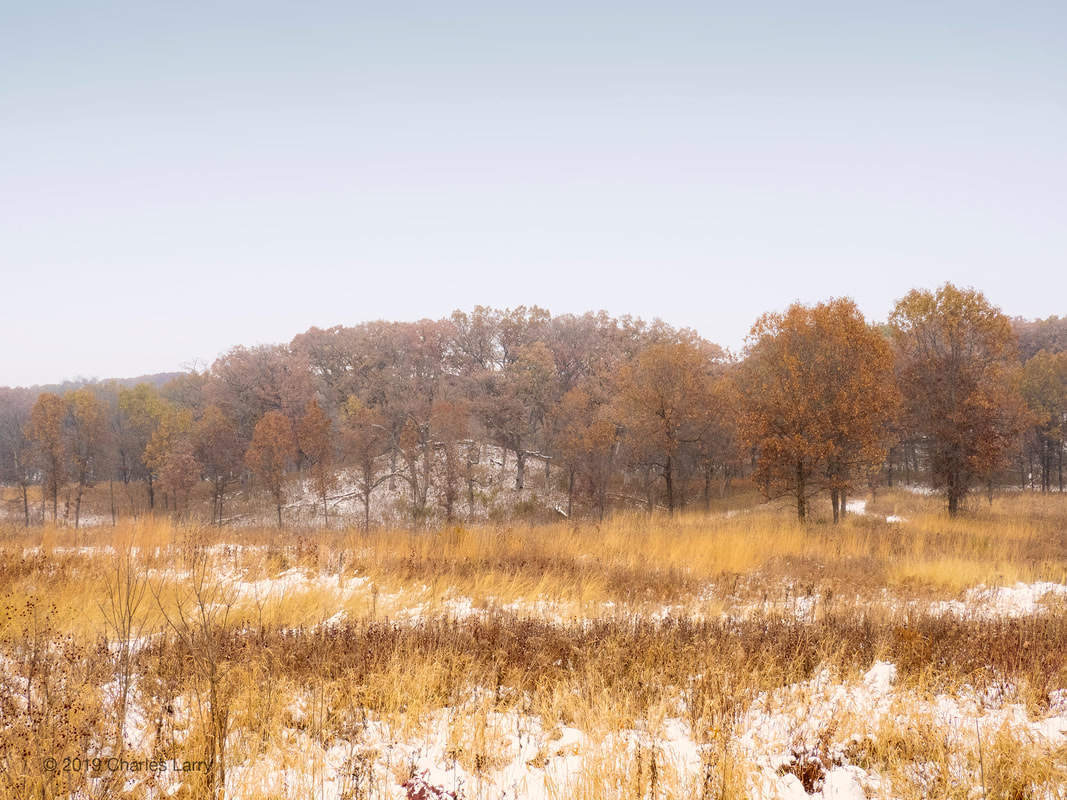
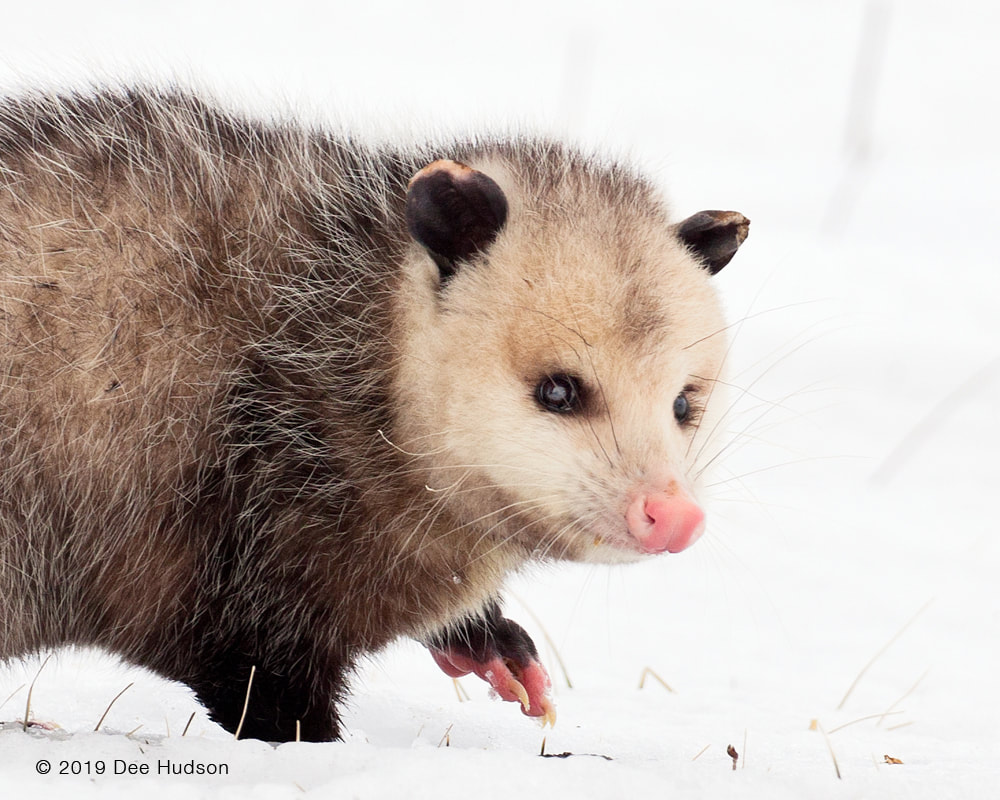
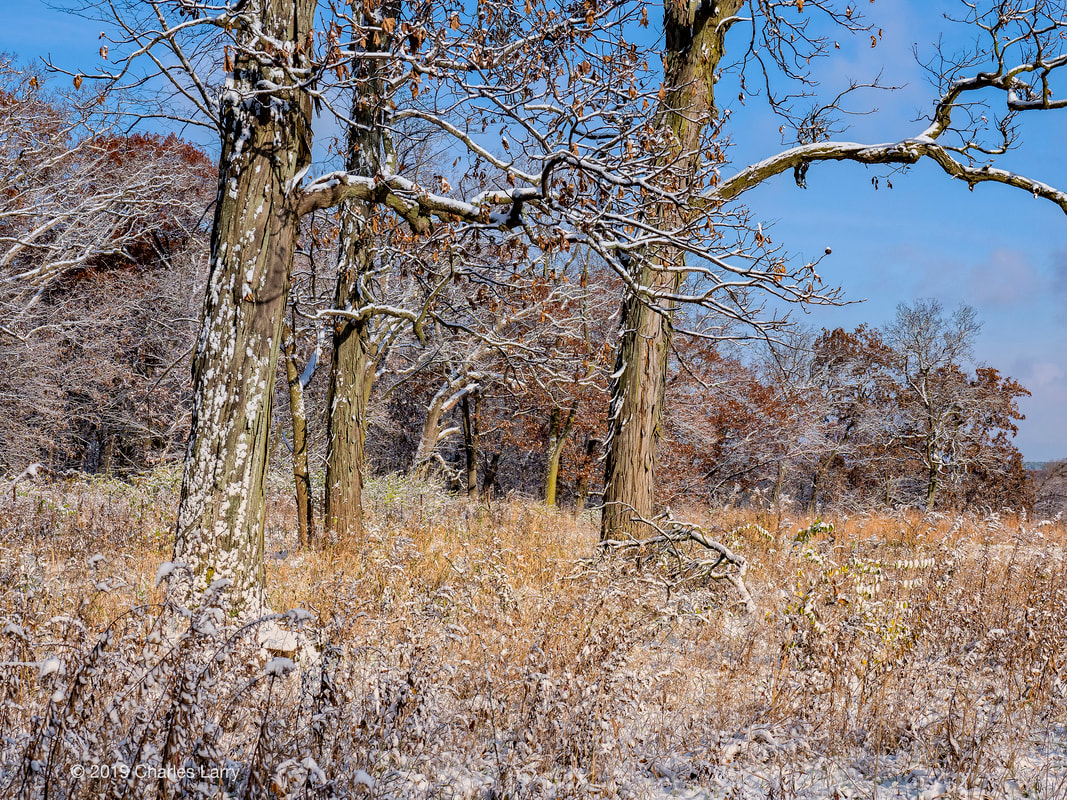

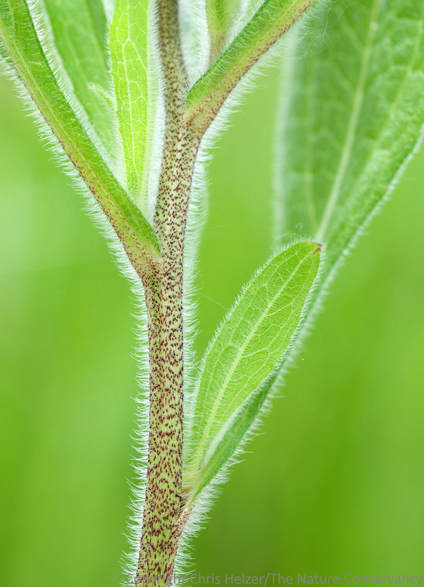
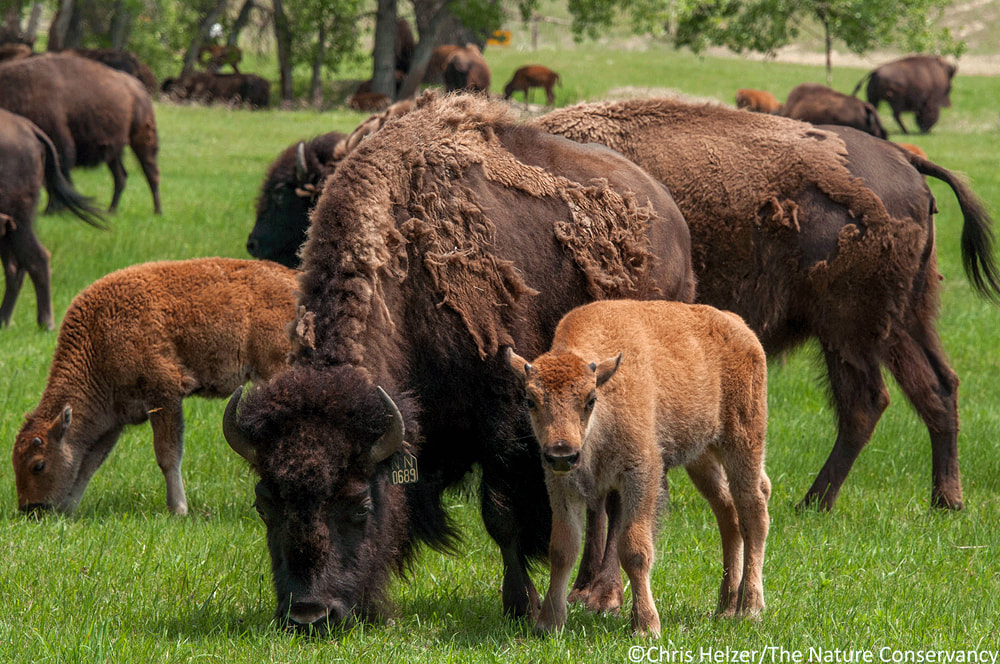
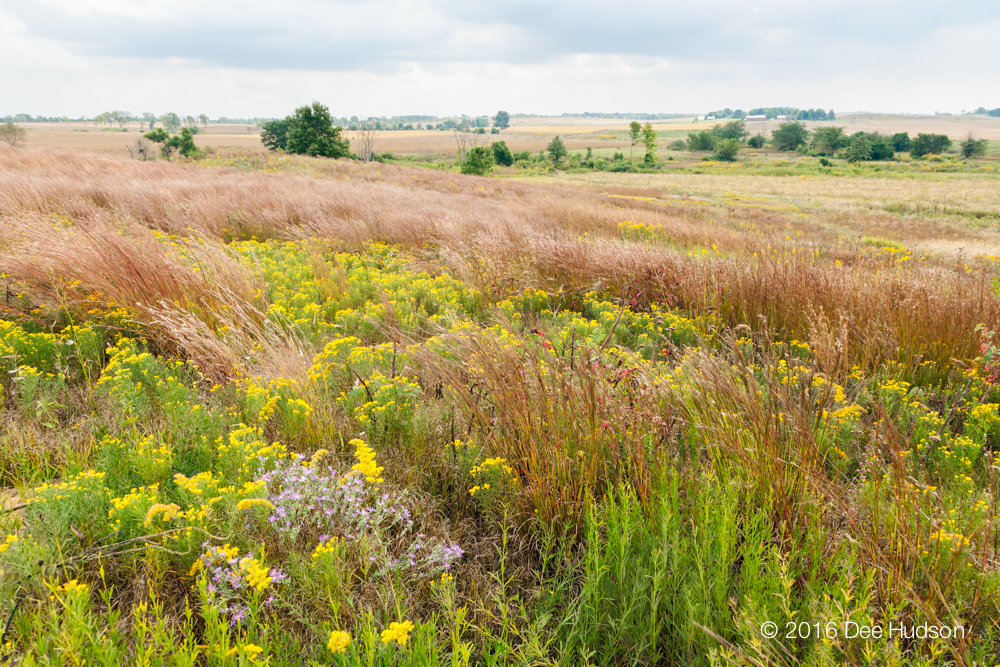
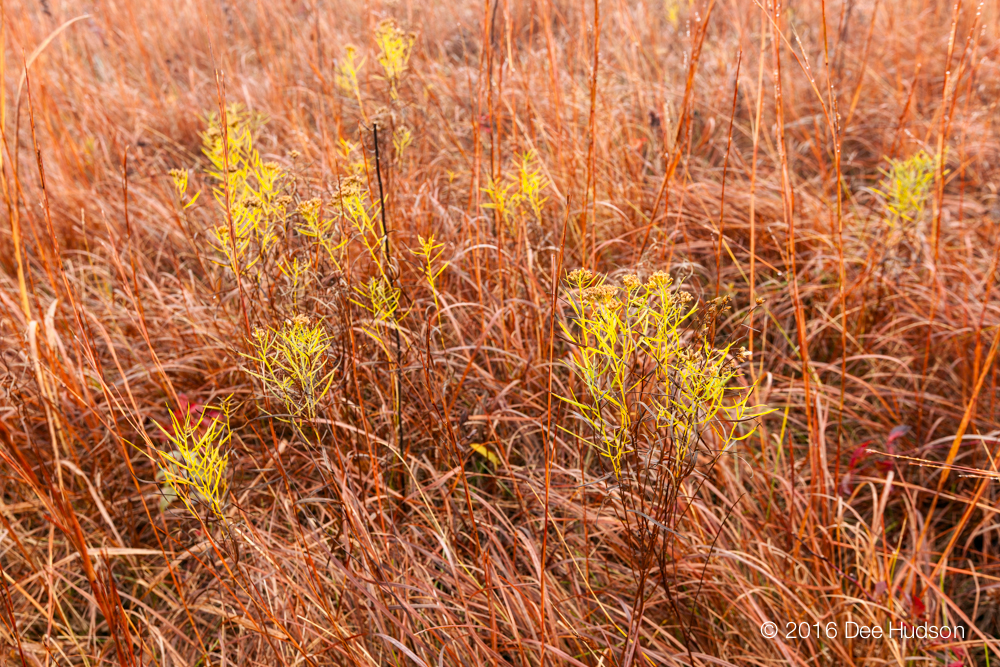
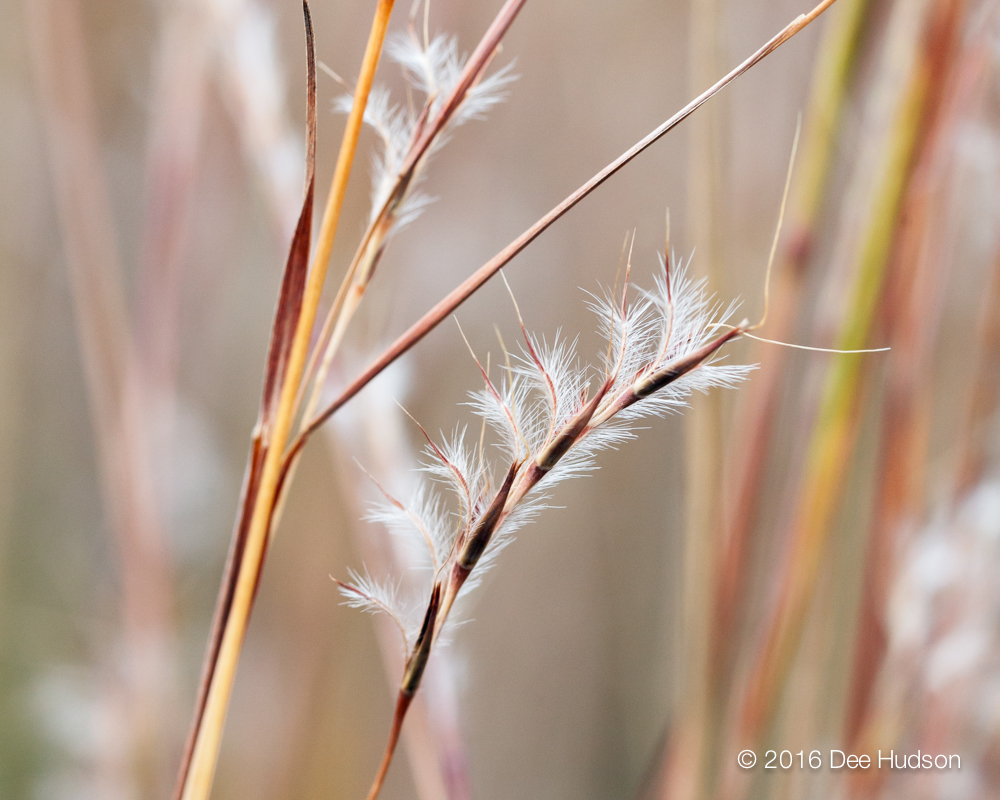
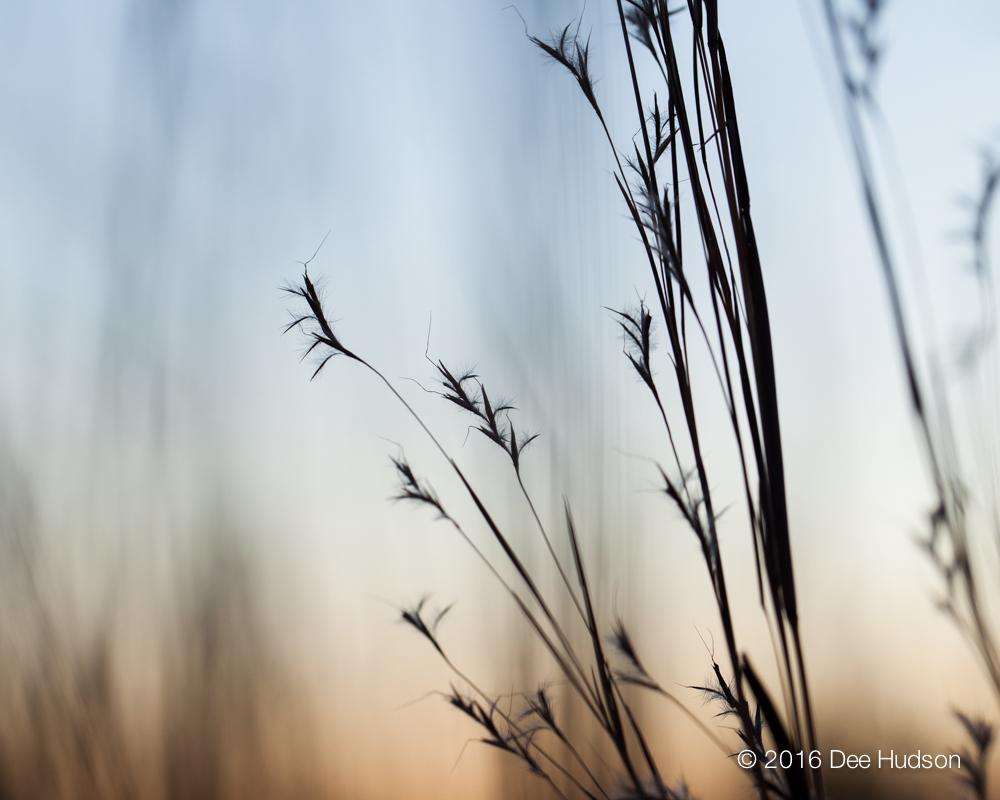
 RSS Feed
RSS Feed